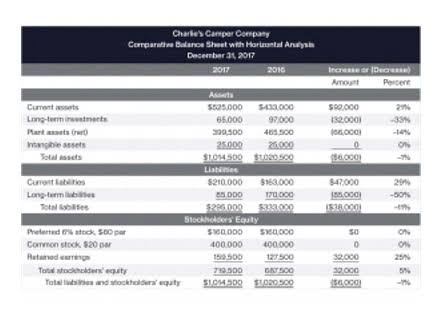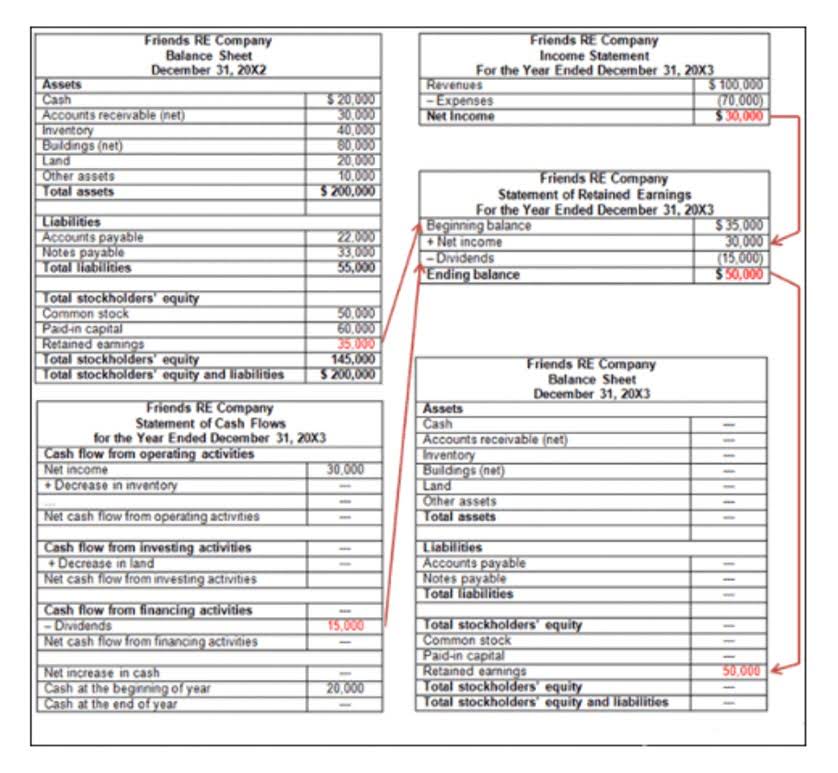We sometimes take for granted when reading financial statements how many steps are actually involved in the calculation. Let’s understand the calculation of cash flow from operating activities using the indirect method. By leveraging premium templates, you equip your business with tools that enhance the efficiency and professionalism of your financial reporting processes. These templates act as robust allies in maintaining rigorous cash flow management, providing both the aesthetic appeal and functional utility required https://lensa77.net/types-of-liability-accounts-list-of-examples/ for clear and impactful financial communication. Access to licensed content availability assures ongoing compliance and access to templates, further supporting consistent financial operations.
Why businesses need to know their cash flow from operating activities
To calculate free cash flow, you’d begin with cash flow from operations and then deduct long-term capital expenditures, such as property or equipment. Cash flow from investing and cash flow from financing activities are not considered part of ongoing regular operating activities. As you can see in the screenshot below, there are various adjustments to items necessary to reconcile net income to net cash from operating activities, as well as changes in operating assets and liabilities. Net income and earnings per share (EPS) are two of the most frequently referenced financial metrics, so how are they different from operating cash flow? The main difference comes down to accounting rules such as the matching principle and the accrual principle when preparing financial statements.
Understanding Cash Flow Variances from Operating Activities
These transactions represent the cash impact of a company’s core business activities, capturing cash inflows and outflows integral to day-to-day operations. Net cash flow from operating activities (often shortened to operating cash flow or OCF) measures the cash generated or consumed by a company’s core business operations during a reporting period. It excludes investing and financing activities, focusing instead on the cash effects of revenues, expenses, and changes in working capital. Working capital, which is the difference between a company’s current assets and current liabilities, can significantly impact the net cash flow from operating activities.
Changes in Current Assets and Liabilities
- CFO reflects cash from day-to-day business activities, investing cash flow covers asset purchases or sales, and financing cash flow includes debt issuance, repayments, and dividend payments.
- The importance of cash flow management in keeping businesses running and growing is huge.
- Within a quarter, they witness substantial sales, and cash inflows from customer payments start pouring in.
- Depending on circumstances, operating cash flow can also trail net income.
- A decrease in Inventory indicates goods were sold and cash received without a corresponding purchase, so it is added.
- The cash flow from the financing section shows the source of a company’s financing and capital, as well as its servicing and payments on the loans.
Financial experts and big investors must fully understand cash flow from operating activities (CFO). It’s a key measure that shows how much cash a company’s daily business operations generate. Finally, the third part of the cash flow statement represents the cash inflows and outflows from the financing activities of any business entity. Financing activities are defined as the transactions that impact the size, composition, or nature of the company’s capital(equity or borrowed). Operating cash flow, via the indirect method, starts with net income from the income statement.
Cash Flow Management Strategies
A cash flow statement, which includes operating cash flow, is one of the three primary financial statements that show the financial position of a company. Thus, operating cash flow demonstrates whether a company’s business operations generate enough cash to pay for regular expenses. Free cash flow shows whether the company can pay for not only its regular expenses, but also for its capital investments, such as buildings and equipment that might serve as a foundation for the business. Under accrual accounting, revenue is recognized when earned, not when cash is received. This can create discrepancies between net income and cash flow, particularly in industries with extended credit terms or upfront costs.
Operating Cash Flow Formula vs FCF Formula
On the other hand, an increase in accounts payable would be added, since the company still has the cash. “Operating cash flow,” “cash flow from operations,” and “cash from operating activities” are essentially the same thing. They each refer to the cash a company generates from its core business activities. Cash equivalents, such as short-term investments that can be quickly converted into cash, are also included in cash flow from Travel Agency Accounting operating activities.
- The key is to ensure that all items are accounted for, and this will vary from company to company.
- The deferrals or accruals of the past or future operating cash payments or receipts are adjusted to report the cash from operating activities.
- Since the accrual accounting system focuses on recording a transaction when it happens irrespective of the cash payment or receipt.
- The cash flow statement tells how a business entity’s cash and cash equivalents changed during a financial period.
It would be displayed on the cash flow statement as “Increase in Accounts Receivable -$500.” The cash flow from investing section shows the cash used to purchase fixed and long-term assets, such as plant, property, and equipment (PPE), as well as any proceeds from the sale of these assets. The cash flow from the financing section shows the source of a company’s financing and capital, as well as its servicing and payments on the loans. For example, proceeds from the issuance of stocks a firms net cash flow from operating activities includes: and bonds, dividend payments, and interest payments will be included under financing activities.







